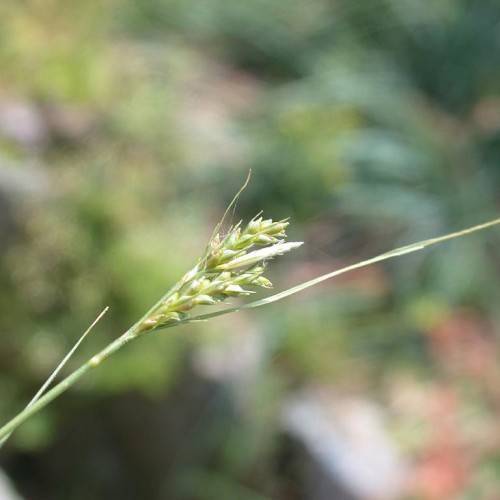
Eastern Straw Sedge
Carex straminea
Watering:
Frequent
Hardiness Zone:
Sun:
full sun,part shade
Fruits:
Fruits Ready In
Leaf:
Yes
Growth Rate:
Low
Drought Tolerant:
Yes
Salt Tolerant:
Yes
Care Level:
Medium
watering
This plant species requires moderate amounts of irrigation, but does not need to be over-watered. Water once or twice a week with a few cups of water per plant. Water the plant deeply to flush salts out of the soil, and allow the soil to dry out before irrigating again. During hotter weather, more frequent watering may be needed. Reduce the amount of water during winter months when the plant is dormant.
sunlight
Awl-Fruited Sedge prefers full sun to partial shade. This plant grows optimally when it receives at least 6 hours of direct sunshine each day. It can survive in less light, but its growth will likely be stunted and its flowering will diminish in shadier conditions. For best results, place it in an area that receives at least 6 hours of sunlight daily, preferably in the morning and late afternoon. Avoid planting in areas with full, unbroken sunlight as this may cause leaf scorch or sunburn. This plant species thrives best in soils that have good drainage and are high in organic matter.
pruning
When it comes to pruning Awl-Fruited Sedge (Carex stipata), it is best to trim the plant during the late winter or early spring before it begins to actively grow. Trimming should be done only as needed and no more than 1-third of the plant should be removed at a time. Make sure to cut the stems back above the highest bud on the stem, which will help deter the plant from putting energy into an unproductive growth spurt. As a general rule, it may be necessary to prune Awl-Fruited Sedge (Carex stipata) every 3 to 5 years.
